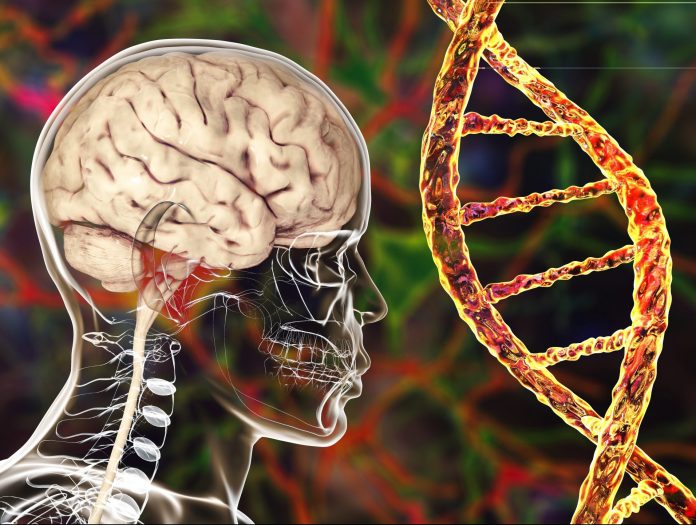
A recent international study led by researchers from the University of Southern California (USC) and the Queensland Institute of Medical Research (QIMR) in Australia has uncovered significant genetic variants that influence brain structure and volume, with potential implications for understanding and treating Parkinson’s disease and attention-deficit/hyperactivity disorder (ADHD). The findings, published in the journal Nature Genetics, are part of a global collaboration called the Enhancing Neuro Imaging Genetics through Meta-Analysis (ENIGMA) consortium.
The ENIGMA consortium includes more than 1,000 research labs in 45 countries, with the goal of identifying genetic variations that affect brain structure and function.
“A lot of brain diseases are known to be partially genetic, but from a scientific point of view, we want to find the specific changes in the genetic code that cause these,” said Paul M. Thompson, PhD, principal investigator for ENIGMA. “By conducting this research all over the world, we’re beginning to home in on what has been called ‘the genetic essence of humanity.’”
The research provides a link between the genetics of disease and how it affects the biology of the brain. Exploring the differences in particular brain regions that are larger or smaller in some groups of people—particularly those with a specific brain disease—will help researchers understand what causes the symptoms of the disease. Knowing the genes that contribute to these differences can offer researchers potential therapeutic targets to help treat these conditions.
The study analyzed DNA samples and magnetic resonance imaging (MRI) scans from 74,898 participants, focusing on brain volume in key subcortical regions, often referred to as the “deep brain.” The team then conducted genome-wide association studies (GWAS) and discovered a number of links to genes that affected brain volume in both Parkinson’s and ADHD.
“There is strong evidence that ADHD and Parkinson’s have a biological basis, and this research is a necessary step to understanding and eventually treating these conditions more effectively,” said Miguel Rentería, PhD, an associate professor of computational neurogenomics at QIMR and the principal investigator of the Nature Genetics study. “Our findings suggest that genetic influences that underpin individual differences in brain structure may be fundamental to understanding the underlying causes of brain-related disorders.”
The GWAS studies by the team uncovered 254 genetic variants associated with volume across different brain regions, which accounted for up to 10% of the observed differences in brain volume among study participants. While previous research has linked specific brain regions like the basal ganglia with Parkinson’s disease, this new research now connects with greater precision the gene variant responsible for these differences in pathology.
“This paper, for the first time, pinpoints exactly where these genes act in the brain,” said Thompson who is also a professor of ophthalmology, pediatrics, neurology, psychiatry and the behavioral sciences, radiology, biomedical engineering and electrical engineering at the Keck School of Medicine of USC.
While the study establishes correlations between genetic variations and brain volume, researchers caution that further investigation is needed to determine causal relationships.









